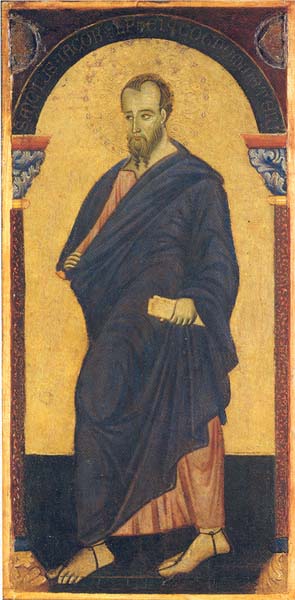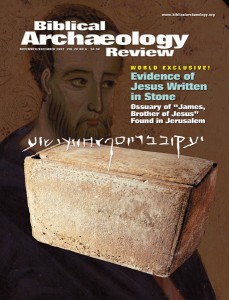The Short List: The New Testament Figures Known to History

The relatively plain ossuary (bone box) described in the preceding article by André Lemaire is doubly important to the study of early Christianity. It is the earliest archaeological artifact ever found that refers to Jesus; in fact, it is the only nearly contemporaneous artifact that mentions Jesus. This gives it a breathtaking significance in the history of early Christianity. The bone box also greatly adds to the short list of New Testament characters known outside the Bible. It refers not only to James, the leader of the nascent Christian community in mid-first century C.E. Jerusalem, but also mentions his father, Joseph, and most important of all, his brother Jesus.
Apart from the significance of each of the names, the James inscription is remarkable because it attests three names—an unprecedented number in any single inscription—and confirms what the Bible says about their familial relationship.
The bone box dates to 63 C.E., one year after James’s death and only a few years before the Gospel of Mark was composed in about 70 C.E.; most scholars consider Mark the earliest gospel.
Already a library member? Log in here.
Institution user? Log in with your IP address.

